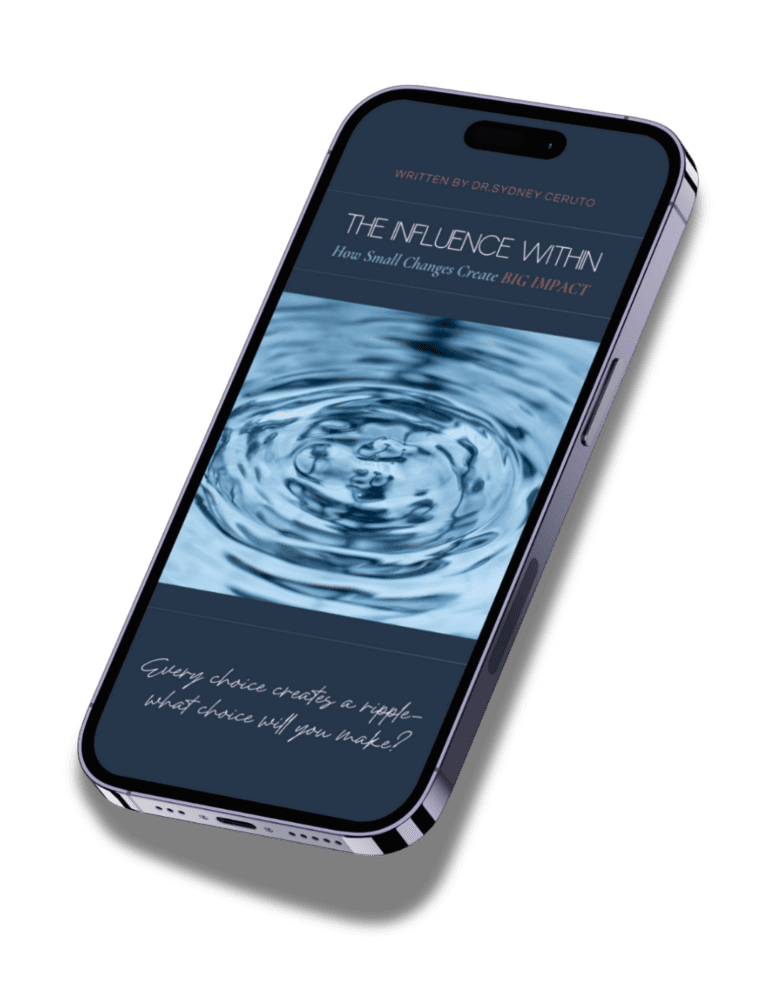Don’t expect a clear and well-defined vision overnight—creating your life vision and determining the course you will follow requires time and reflection. You need to cultivate vision and perspective, and you also need to apply logic and planning for the practical application of your vision. Your best vision blossoms from your dreams, hopes, and aspirations. It will resonate with your values and ideals and will generate energy and enthusiasm to help strengthen your commitment to explore the possibilities of your life.
Key Steps for Creating Your Life Vision
What do you want?
The question sounds deceptively simple, but it’s often the most difficult to answer. Allowing yourself to explore your deepest desires can be very frightening. You may also not think you have the time to consider something as fanciful as what you want out of life, but it’s important to remind yourself that a life of fulfillment does not usually happen by chance, but by design.
It’s helpful to ask some thought-provoking questions to help you discover the possibilities of what you want out of life. Consider every aspect of your life, personal and professional, tangible, and intangible. Contemplate all the important areas, family and friends, career and success, health and quality of life, spiritual connection, and personal growth, and don’t forget about fun and enjoyment.
Some tips to guide you:
- Remember to ask why you want certain things
- Think about what you want, not what you don’t want.
- Give yourself permission to dream.
- Be creative. Consider ideas that you never thought possible.
- Focus on your wishes, not what others expect of you.
Some questions to start your exploration:
- What really matters to you in life? Not what should matter, what does matter.
- What would you like to have more of in your life?
- Set aside money for a moment; what do you want in your career?
- What are your secret passions and dreams?
- What would bring more joy and happiness into your life?
- What do you want your relationships to be like?
- What qualities would you like to develop?
- What are your values? What issues do you care about?
- What are your talents? What’s special about you?
- What would you most like to accomplish?
- What would legacy would you like to leave behind?
It may be helpful to write your thoughts down in a journal or creative vision board if you’re the creative type. Add your own questions and answers. Relax and make this exercise fun. You may want to set your answers aside for a while and come back to them later to see if any have changed or if you have anything to add.
What would your best life look like?
Describe your ideal life in detail. Allow yourself to dream and imagine, and create a vivid picture. If you can’t visualize a picture, focus on how your best life would feel. If you find it difficult to envision your life 20 or 30 years from now, start with five years—even a few years into the future will give you a place to start. What you see may surprise you. Set aside preconceived notions. This is your chance to dream and fantasize.
A few prompts to get you started:
- What will you have accomplished already?
- How will you feel about yourself?
- What kind of people are in your life? How do you feel about them?
- What does your ideal day look like?
- Where are you? Where do you live? Think specifics, what city, state, or country, type of community, house or an apartment, style, and atmosphere.
- What would you be doing?
- Are you with another person, a group of people, or are you by yourself?
- How are you dressed?
- What’s your state of mind? Happy or sad? Contented or frustrated?
- What does your physical body look like? How do you feel about that?
- Does your best life make you smile and make your heart sing? If it doesn’t, dig deeper, dream bigger.
It’s important to focus on the result or at least a way-point in your life. Don’t think about the process for getting there yet—that’s the next step. Give yourself permission to revisit this vision every day, even if only for a few minutes. Keep your vision alive and in front of your mind.
Plan backward
It may sound counter-intuitive to plan backward rather than forwards, but when you’re planning your life from the end result, it’s often more useful to consider the last step and work your way back to the first. This is actually a valuable and practical strategy for making your vision a reality.
- What’s the last thing that would’ve had to happen to achieve your best life?
- What’s the most important choice you would’ve had to make?
- What would you have needed to learn along the way?
- What important actions would you have had to take?
- What beliefs would you have needed to change?
- What habits or behaviors would you have had to cultivate?
- What type of support would you have had to enlist?
- How long will it have taken you to realize your best life?
- What steps or milestones would you have needed to reach along the way?
Now it’s time to think about your first step, and the next step after that. Ponder the gap between where you are now and where you want to be in the future. It may seem impossible, but it’s quite achievable if you take it step-by-step.
It’s important to revisit this vision from time to time. Don’t be surprised if your answers to the questions, your technicolor vision, and the resulting plans change. That can actually be a very good thing; as you change in unforeseeable ways, the best life you envision will change as well. For now, it’s important to use the process, create your vision, and take the first step towards making that vision a reality.






